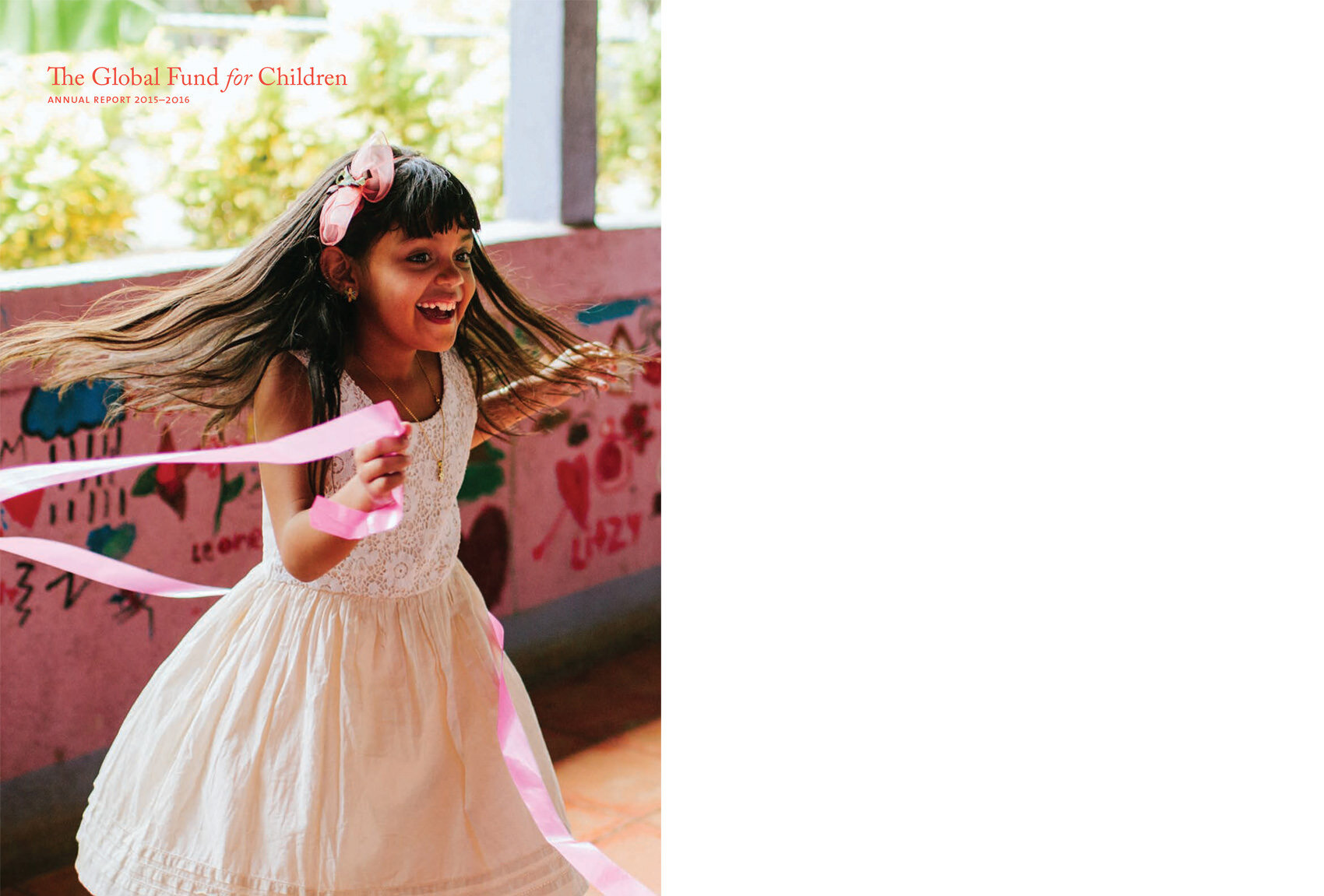I decided to write this article about a part of my work that is important to me, but I haven’t talked that much about it. It's been almost a decade since I’ve been working as a humanitarian photographer with a variety of NGOs (Non-Governmental Organizations). The nonprofit organizations I have worked with are specialized in different fields: education, nutrition, healthcare, awareness, and environmental protection. I’ve helped them to create stories that inspire hope, educate, and connect with donors. I’ve taken images for awareness campaigns, effective fundraising, and to illustrate annual reports that document the organization’s achievements.
Photography illustrating ANF Foundation Annual Report. Showing the importance of access to clean drinking water for rural communities and the impact it has on its youngest members.
But What is Humanitarian Photography?
Humanitarian photography lays somewhere between documentary photography, portraiture, and editorial. Its function is to capture people in a true way, tell their story, transcend their circumstances. All of that without stripping the protagonists from dignity, despite the difficult situations in which they often find themselves. Showing them as someone equal in the world, worthy of admiration and respect. In the end, humanitarian photography should evoke emotions and create a human bond. People's strength, dignity, love, are some of the qualities humanitarian photographers are devoted to capturing. At the same time remembering to treat the photographed as real partners, their stakes are higher than anyone else involved. On many occasions, humanitarian photography tells stories to raise money - to help others and to do good.
The cover of ‘The Global Fund For Children’ Annual Report. Kuba Okon/Stars Foundation
The Importance of Storytelling for Nonprofits
For many organizations, the story is currency. A well-told story invites others in. It’s the story that helps amplify awareness and connect with potential donors. A good story helps the viewer to fill someone else’s shoes, transcend their circumstances, and understand their needs. It also gives donors the opportunity to “be a part of the story”, and make a difference. It dramatically increases the chances of making an impact. The reason behind that is that stories are more compelling on a personal and emotional level and they engage more of the brain. ‘The stories are just easy for us to remember them’ says Paul Zak.* According to his research, they shape our brains, tie strangers together, and move human beings to be more empathic and generous. Emotional stimulation is the foundation for empathy and is particularly powerful for social creatures like humans. It allows us to rapidly predict if the people around us are kind or hostile, safe or dangerous, friend or foe.
Images are more likely to be remembered than words, which is known as ‘‘The Picture Superiority Effect’* Said differently, pictures are easier to recall and recognize over words. This makes photography and filmmaking a phenomenal tool to communicate with others and invite them in. In the world of mass information, real meaningful stories give a strategic advantage to nonprofit organizations over other types of companies that don’t possess them. Nowadays, with the appearance of social media and Instagram, visuals are even more effective.
Kids living in rural communities walk many miles a day on difficult dirt roads to receive education, no matter how harsh the sun is or the rain. What caught my attention in this scene is the fact that the kid is running so vigorously, despite his large backpack and how small he looks in comparison. Humanitarian photography for Fabretto Children’s Foundation.
Working with NGOs as a Humanitarian Photographer
I feel like when working with NGOs it’s important to learn as much as possible about each organization; understand their work field, aims, and background. Nonprofits can be very different from each other, even if they operate in the same field. They vary in the way they are organized, and the ways in which they help. And making sure you are well organized is quite important, especially if you are traveling on assignment to remote locations, with limited time, and equipped in heavy gear. You should also realize that your energy reserves are limited, and you need to use them wisely, which will be beneficial to your wellbeing, the quality of your photography work, and the organization itself. Being briefed before the assignment, knowing as much as possible about the people you are about to photograph and issues they are facing, will help you connect with them better and faster. I always listen to the organization first and then try to tell them about my approach, so we can work together on finding the best ways to capture each topic. I’ve turned down jobs with nonprofits where I felt we couldn’t connect or where I felt they weren’t organized enough. Please don’t misunderstand me - 95% of my experiences working with nonprofits as a photographer has been great. Most people that are involved in these types of projects have a certain quality to them and are truly wonderful.
Humanitarian and documentary photography allowed me to experience amazing things, meet interesting people, travel to distant places, learn firsthand about issues that otherwise I wouldn’t have known existed. We all live in our social bubbles, and photography is an incredible vehicle to cross boundaries. Thanks to humanitarian photography I am now able now to look at many things from a different perspective. But it’s extremely important to not forget that humanitarian photography is not about you, traveling or adventures - it serves a purpose.
The packing process and preparation for the assignment. Even if the photographer tries to minimize the number of gear taken with him on the assignment you usually end up packing a heavy backpack. For example, the back-up camera is a must, especially on photography assignments in remote places.
If you would like to see more of Kuba’s humanitarian photography work visit KubaOkon.com




